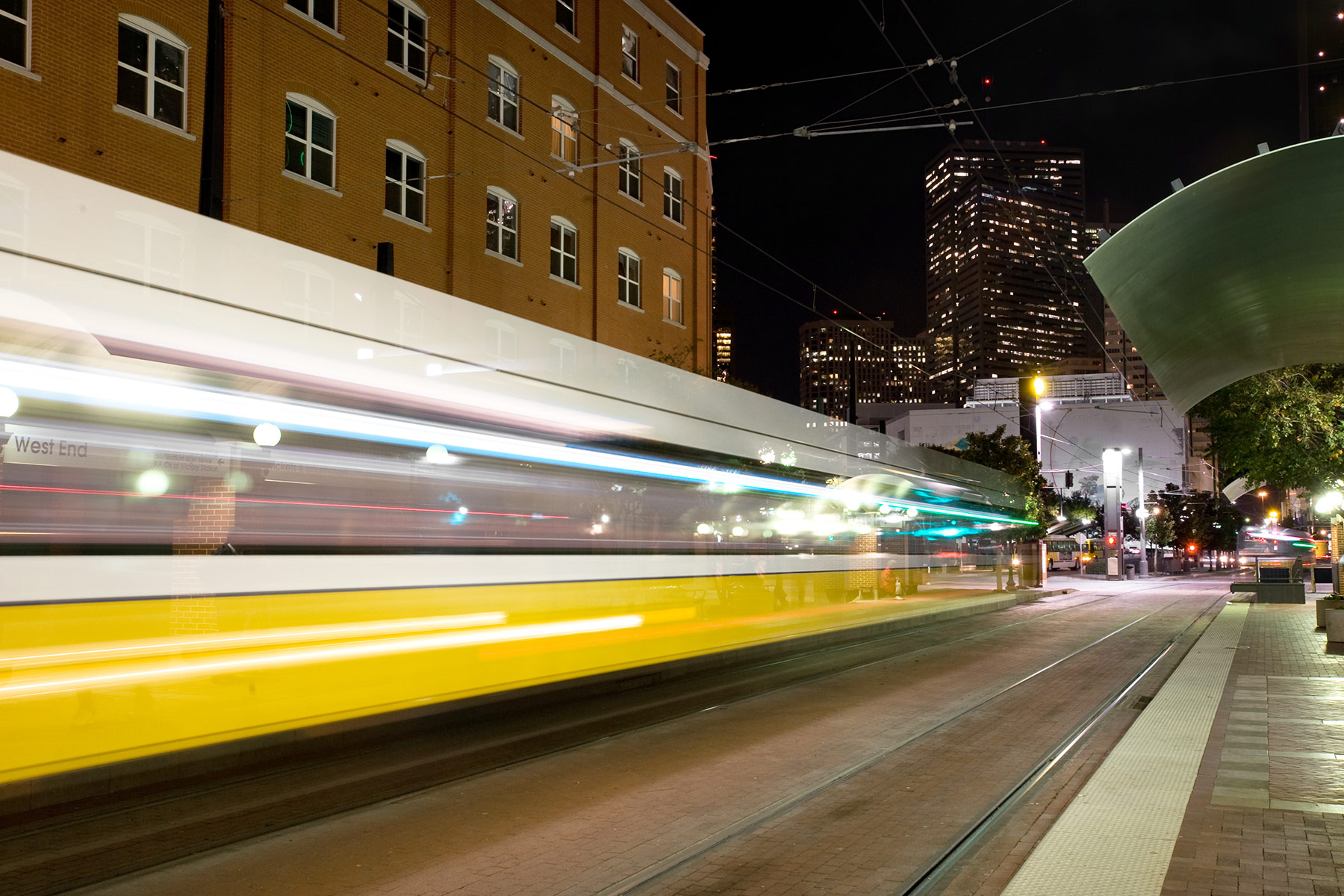Over the past decade, the American city that has seen the steepest decline in solo driving commuting is Seattle. Between 2010 and 2018 the number of people driving by themselves in cars to work dropped from 53 to 44 percent. During that same time, the number of people who used transit jumped from 5 to 25 percent, while walkers rose from 3 to 12 percent. Bike commuting is also up, as is the number of people who work from home. In other words, Seattle, perhaps more than any other city in America, shows that it is possible to achieve large-scale behavioral change around transportation in a relatively short period of time.
How did they do it? Streetsblog breaks down the answer, which offers some lessons that Dallas could learn from:
Increase transit spending
The Dallas metro has spent billions on transit over the years with little to show for it besides a light rail system that may be the longest in the country but shuts down as soon as temperatures drop a little. Seattle demonstrates that quality transit isn’t merely a function of generating funds but also investing those funds in transit service.
Seattle has been spending more per capita of any American city on transit. The city uses vehicle license fees on transportation improvements to improve transit; voters approved a $60 city-only fee to fund transit projects, a 0.1-percent sales tax to fund bus service, and a property tax levy that will generate $930 million for still more transit projects. In 2016, Seattle residents approved a $54-billion transit plan that will see 62 new miles of light rail and rapid bus transit constructed on two highways over the next two decades. That’s a lot of dollars for transit, but here’s the bit that most impresses me: for every $1 the city invested in its public transit system, 91 cents went directly to improving transit service and only two cents went toward administration costs.
Improve bus service
This is something we’ve been harping on for years, and DART appears to finally be serious about figuring out ways to make its bus system more usable–including hiring one of the guys who helped revamp Seattle’s public transit to help redesign the DART bus network. What made Seattle’s investment in bus service work? Simple: frequency. Buses run every 10 minutes and stops are within a 10 minute walk of 64 percent of the population.
Make transit equitable
DART finds itself in a bind where its existing financial plan has regular fare hikes baked into the income projections so that it can meet debt obligations on projects like the suburban Cotton Belt Line. While DART also has ways to subsidize fares for low-income residents, Seattle has a program that makes it even easier for residents living at or below the poverty line or young residents to use transit. Another way the Seattle system has made transit more equitable: decriminalizing fare evasion.
Get the business community on board
Not only do many Seattle corporations subsidize transit passes for their employees, some of the big name companies in the city have invested directly in improving Seattle transit service. This makes sense from a purely economic perspective. Quality transit means companies don’t need to provide parking spaces for their employees, which cuts down on real estate costs. And this isn’t only an urban corporate campus benefit. Even though Microsoft’s campus is located in suburban Redmond, the company boasts that 43 percent of its workers commute on transit.
Even though Seattle has succeeded in expanding transit usage in a city that, like most American cities, is very car-dependent, there are still challenges. King County voters have recently voted to scale back some of the transit investment, and as I learned while reporting on Amazon’s impact on Seattle, the Pacific Northwest city still faces many issues with mobility, affordability, and equity. But the broad-stroke lessons of Seattle’s transit success–from focusing on improving service to soliciting real community and corporate buy-in for transit usage–shows there are things Dallas and DART aren’t doing that could really boost the future of public transit in Dallas.






